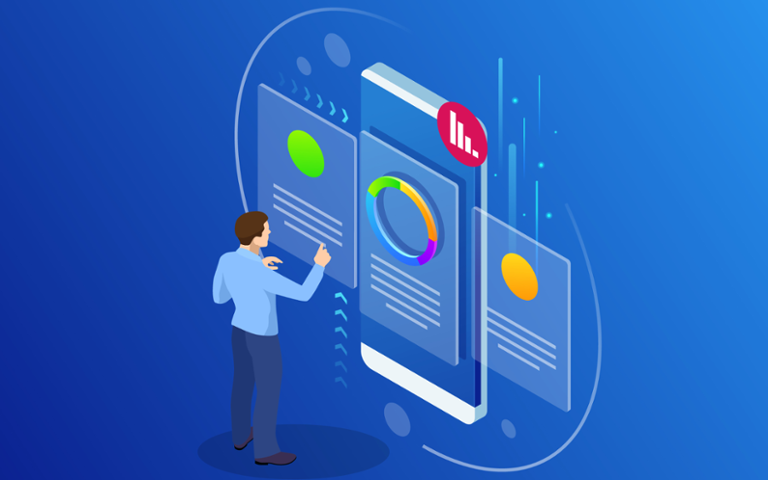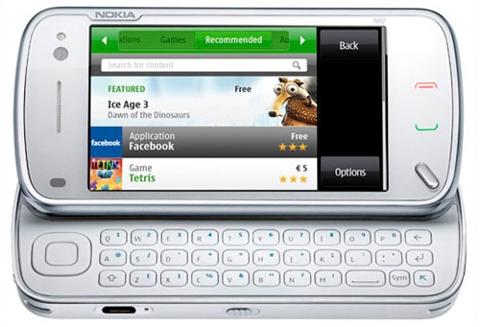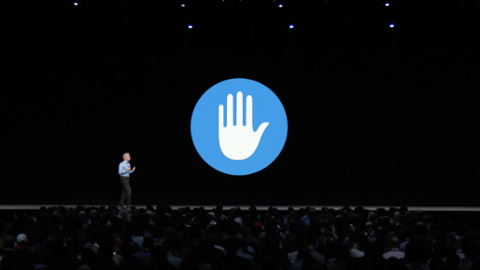Auto-renewing subscription apps may offer a free trial period to customers by providing the relevant information set forth in App Store Connect. Apps that attempt to trick users into purchasing a subscription under false pretenses or engage in bait-and-switch practices will be removed from the App Store and you may be removed from the Apple Developer Program.In question are apps' on-boarding screens that promote free trials, but obfuscate that those trials immediately turn into paid subscriptions days later. Apple is honing in on this “trick,” which is specifically outlined above. Unfortunately, what constitutes a "trick" is subjective. For example, one developer was rejected for "trickery" and has since re-submitted their app with new language on the subscription screen to clarify that the service is paid. In theory, the fix should satisfy Apple, but the process is always cloaked in a bit of mystery. Some will say Apple should be more proactive about the review process and more prescriptive about best practices for app developers, but that's a fine line to walk. Subscriptions help drive Apple’s "services" revenue, which is a blossoming point of interest in their quarterly earning calls. It’s a game of whack-a-mole, too. Apple is reluctant to step on creative toes, but that reluctance can open the door to scammers of all types. A QR Code scanner app was charging $5 per week, for instance, and Weather Alarms – which wants $80 per year – was hiding its close button in the clouds (literally):
Apple quickly removed many of the apps identified as nefarious by Forbes and TechCrunch, which is the best you can expect from a small team of humans who are tasked with checking an untold number of apps daily. Moving forward, expect the App Store review team to flag subscription APIs called in apps so they can further examine what users see on their iOS devices. The subscription app economy is booming, but we’ve wondered if it’s a bubble. This move seems like one Apple is making to make sure the bubble shrinks rather than pops. Developers haven’t got everything right yet (both in terms of design and pricing schemes), so don’t expect Apple to do much more than try to correct the most egregious errors of the subscription app market.This dark pattern is the best (stolen from full screen ads). The (x) close button animates in after a few seconds so that people don’t see they have a way to get off the page. Watch the upper left of the subscription page: pic.twitter.com/DaRJPvdu5Q
— David Barnard (@drbarnard) April 17, 2018



